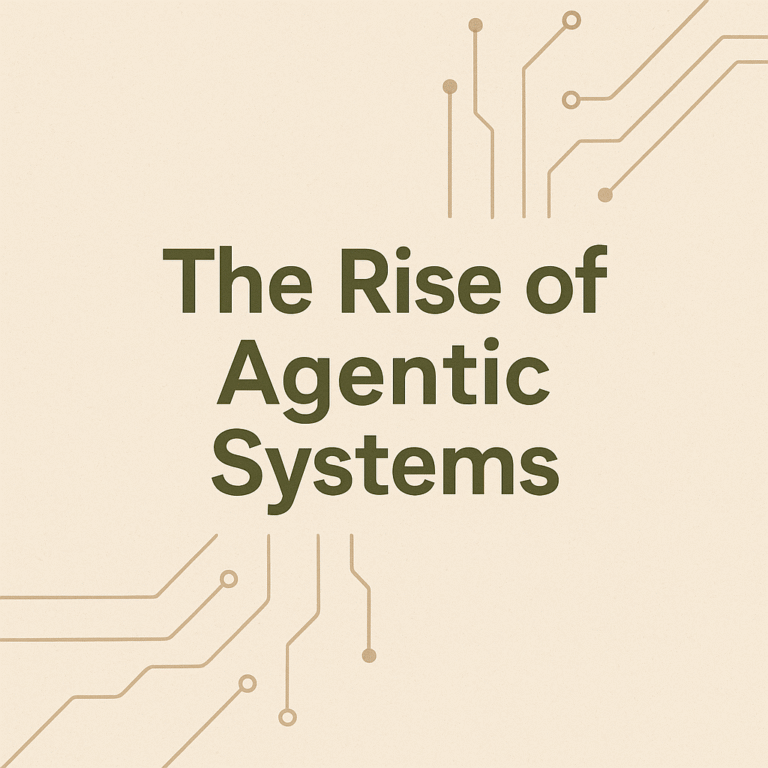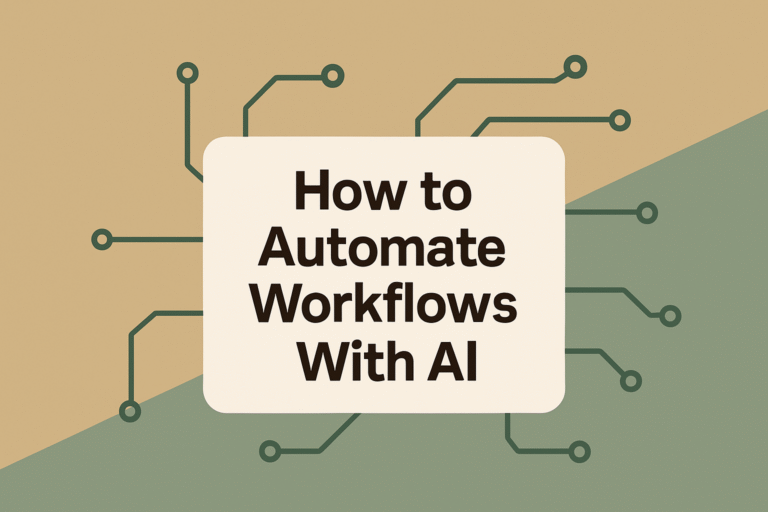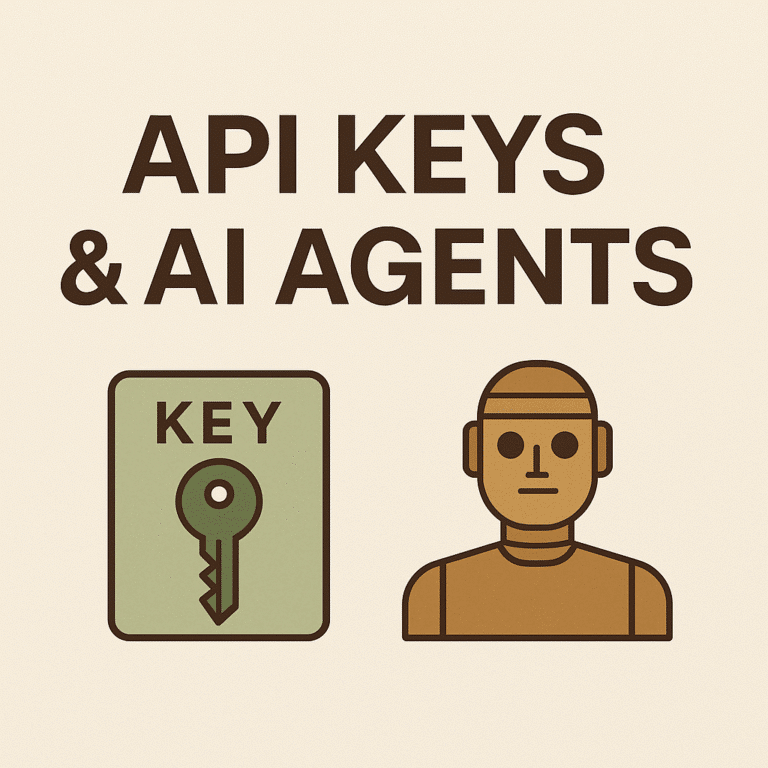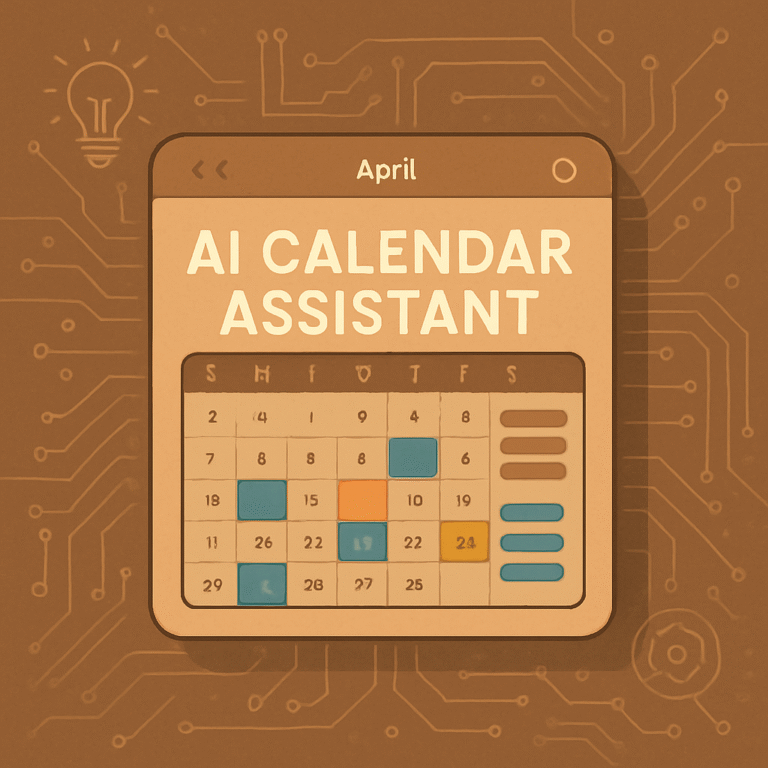Why AI App Development Is Booming Across Various Industries
The age of artificial intelligence is no longer a futuristic dream—it’s now an essential part of modern business. From real estate and healthcare to cybersecurity and education, AI-powered applications are revolutionizing business processes, user experience, and operational efficiency.
Whether you’re looking to improve customer service, enhance data analytics, or automate tedious workflows, the benefits of building AI applications are undeniable. By combining machine learning, deep learning, and natural language processing, companies are solving specific problems with unprecedented speed and accuracy.
And here’s the best part: thanks to AI tools, creating your own AI app has never been more accessible—even if you’re not a tech guru.
Step 1 — Identify Your Use Case and Goals
Defining the Primary Goal
Every great AI app starts with a specific problem. Are you building a virtual assistant? Do you want to boost customer service? Or perhaps you need better predictive analytics for sales?
Clearly defining your primary goal and expected outcomes is the foundational step in AI app development.
Aligning AI to Business Processes
Your AI app must align with existing business processes or introduce unique features that give your company a competitive edge. Think Grammarly’s natural language processing for better writing or Amazon’s neural networks predicting what you’ll buy next.
Understanding Your Target Audience
Ask yourself:
- What user behavior will drive app usage?
- How can you improve ease of use and deliver a better customer experience?
- What various components will your target audience expect?
Step 2 — Data Collection and Preparation
Importance of Relevant Data and Historical Data
An AI model is only as good as the data you feed it. Start by gathering relevant data from various sources. Look for historical data, live data, and industry-specific datasets.
Cleaning and Preprocessing Input Data
Ensure your input data is clean, accurate, and ready for analysis. Poor data leads to poor predictions. Use tools that specialize in data collection, cleaning, and data science workflows.
Ethical AI Use and Sensitive Information
Adopt best practices for handling sensitive information. This includes anonymization, user consent, and following regulations like GDPR. Ethical AI use isn’t just recommended—it’s required.
Step 3 — Select the Right AI Technology Stack
Choosing Between Machine Learning, Deep Learning, and Expert Systems
Depending on your app’s use case, choose your approach:
- Machine learning for pattern recognition and prediction.
- Deep learning for complex tasks like speech recognition and image analysis.
- Expert systems for rule-based problem solving.
Natural Language Processing, Speech Recognition, and Neural Networks
For human language understanding, integrate natural language processing. Want voice commands? Add speech recognition. Need smarter predictions? Train with neural networks.
Development Environment and Code Platforms
Set up a development environment using:
- Code platforms like TensorFlow, PyTorch, or Hugging Face.
- Generative AI tools for content creation or chatbots.
- Cloud services (e.g., Amazon Web Services) for scalable computational power.
Step 4 — Design Your User Interface and User Experience
Importance of Ease of Use and Better Customer Experience
User interface and user experience design play a crucial role in making the app intuitive and enjoyable.
Designing for Mobile Applications and App Store Standards
If targeting mobile, follow the app store guidelines for both iOS and Android. Optimize for response times and a frictionless UX.
Incorporating AI Assistance and Virtual Assistant Features
Consider adding:
- AI assistance for task automation.
- Virtual assistants for conversational interfaces.
Step 5 — Develop and Train Models
Selecting or Creating Your Own AI Model
Use pre-trained foundation models or train models from scratch based on your data sources and app needs.
Training with Relevant Data and Live Data
Feed your models both historical data and live data for ongoing learning and relevance.
Using Cloud Services for Computational Power
For resource-intensive training, leverage cloud services like AWS, Azure, or Google Cloud.
Step 6 — Integration and Testing
Integrating API Endpoints and Custom Solutions
Use API endpoints to connect AI models to the app’s interface. Custom solutions may be necessary for unique use cases.
Creating Test Cases for Quality Assurance
Develop comprehensive test cases to ensure each feature works as expected.
Establishing a Feedback Loop for Iteration
Implement a feedback loop to gather user input and refine the app over time.
Step 7 — Deployment and Monitoring
Deploying to the App Store or Web
Launch your app on the appropriate platforms and ensure it meets all development process and security measures.
Performance Monitoring and Response Times
Track response times, errors, and user engagement using data analytics tools.
Using Data Analytics for Continuous Improvement
Analyze user data to adapt the app to user behavior and changing market demands.
Step 8 — Optimize for Scalability and Security
Implementing Security Measures
Protect sensitive information with encryption, access controls, and compliance checks.
Planning for Operational Efficiency
Build with scalability in mind so the app can grow with your user base.
Adapting to User Behavior
Monitor user behavior and iteratively improve the user experience.
Step 9 — Continuous Improvement and Updates
Leveraging a Feedback Loop
Constantly gather user feedback and make improvements.
Updating AI Models with Latest Technologies
Stay on top of the latest news and latest technologies in artificial intelligence.
Keeping Competitive Edge with Generative AI Features
Add generative AI features to keep your app fresh, relevant, and competitive.
Which Industries Can Benefit from AI Apps?
AI technology is transforming industries like:
- Finance: Fraud detection, robo-advisors
- Healthcare: Virtual health assistants, diagnostics
- Real Estate: Price predictions, property matching
- Customer Service: Chatbots, virtual assistants
- Manufacturing: Predictive maintenance
- Cybersecurity: Automated threat detection
- Education: Adaptive learning platforms
- Logistics: Route optimization
And many more.
Best Practices for Successful AI App Development
- Follow a step-by-step process from problem identification to deployment.
- Consider working with a development agency or code app builder.
- Plan for initial development cost and app development cost.
- Prioritize ethical AI use and human intelligence augmentation.
Advantages of AI-Powered Applications
- Enhanced user experience and fast response times.
- Increased efficiency and operational efficiency.
- Smarter decisions with predictive analytics.
- Ability to boost sales and customer retention.
- AI assistance for better workflows and task automation.
Conclusion
AI app development is a complex but rewarding journey. By leveraging artificial intelligence, machine learning, and deep learning, businesses can solve real-world problems, delight users, and gain a competitive edge.
From defining a specific problem to deploying on the app store, following this step-by-step guide will set you on the path to success.
FAQs
What’s the first step to building AI apps?
Identify your primary goal and the specific problem the app will solve.
How much does AI app development cost?
Costs vary depending on the app’s complexity, data sources, and custom solutions.
Can I build an AI app without coding experience?
Yes, with code app builders and AI tools, non-developers can now build apps with ease of use.
What AI tools should I use for app development?
Consider platforms like TensorFlow, PyTorch, and cloud services such as AWS or Google Cloud.
How do I ensure data security and ethical AI use?
Implement security measures, follow regulations, and be transparent about data collection and usage.






